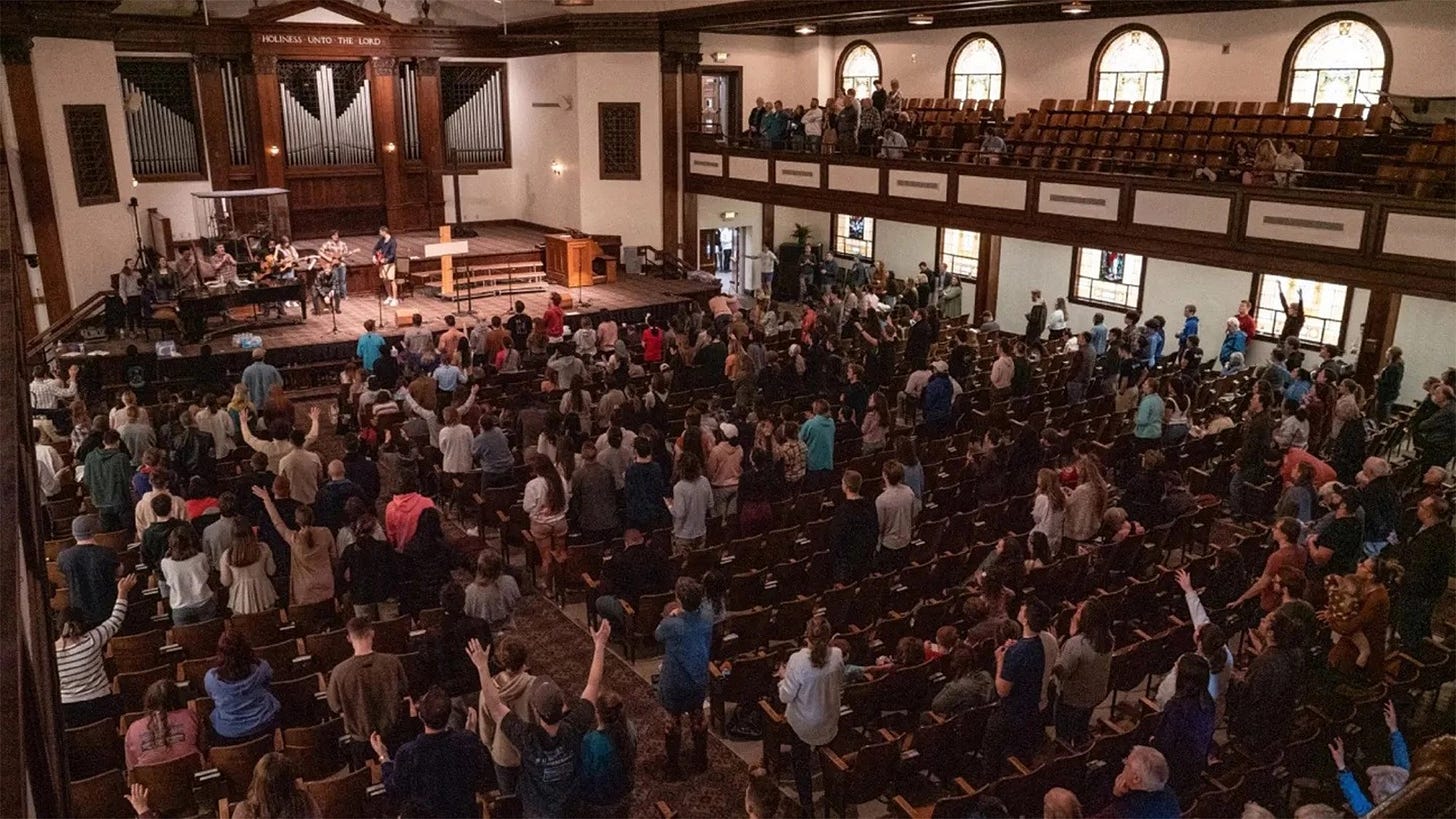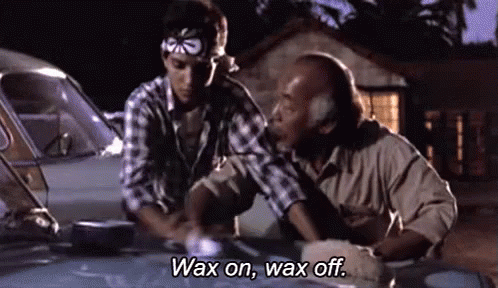By this time, you may have heard of what is going on at Asbury University in Wilmore, Kentucky. What has been called the “Asbury Revival” is a spontaneous nonstop worship service that began on February 8 that went viral on social media and grabbed the attention of Christians/non-Christians in the U.S. and around the world. On day 12 of the revival, it was reported that 20,000+ people gathered to witness what was going on in a small town of 6,000 residents. It was also announced that the university would end the revival at the end of this week.
I could not take the images of #asburyrevival out of my head while preparing for the Transfiguration Sunday sermon. Revivals are what we call mountaintop experiences, similar to what Simon Peter experienced: witnessing God’s glory, hearing God’s voice, and being overshadowed by God’s spirit. And the result of such experience is often repentance, renewal, and transformation. This is what I referred to when quoting Peter’s letter (2 Peter 1).
Upon hearing about the Asbury Revival, some people traveled all the way to Wilmore to see it with their own eyes. And some were just simply skeptical of the movement, suspecting it wouldn't bring genuine change to our everyday lives.
From these reactions, I see two things. There is a deep desire to witness God’s glory personally at the top of the mountain. And there is also a deep desire to witness a genuine social transformation at the bottom of the mountain. Most times we focus on one or the other. We focus so much on experiencing the divine that we refuse to climb down the mountain. Or, we focus so much on transforming the ordinary that we forget about climbing up the mountain. But I think it’s both. We need to climb up and down the mountain repeatedly—both experiencing God’s glory at the top and bearing its fruits at the bottom.
We love because he first loved us. Those who say, “I love God,” and hate their brothers or sisters,c are liars; for those who do not love a brother or sister whom they have seen, cannot love God whom they have not seen. The commandment we have from him is this: those who love God must love their brothers and sisters also.
1 John 4:19-21
Last week, our confirmation class talked about how the Methodist movement all started. Similar to the Asubry Revival, it was a movement led by a bunch of young college students at Oxford University, including John and Charles Wesley. Their focus was holiness; accordingly, their small group eventually earned the nickname “Holy Club.” And these young students “methodically” examined their lives to help becoming more holy, or simply, becoming more like Jesus.
Later, John Wesley famously wrote that “There is no holiness but social holiness.” He identified two types of holiness, personal and social, to explain that the depth of our love for God (personal holiness) is revealed by the way we love whom God loves (social holiness). It is both/and. Our discipleship is displayed both at the top and the bottom of the mountain. And our spiritual discipline is simply a repetition of “climb up, climb down.”



